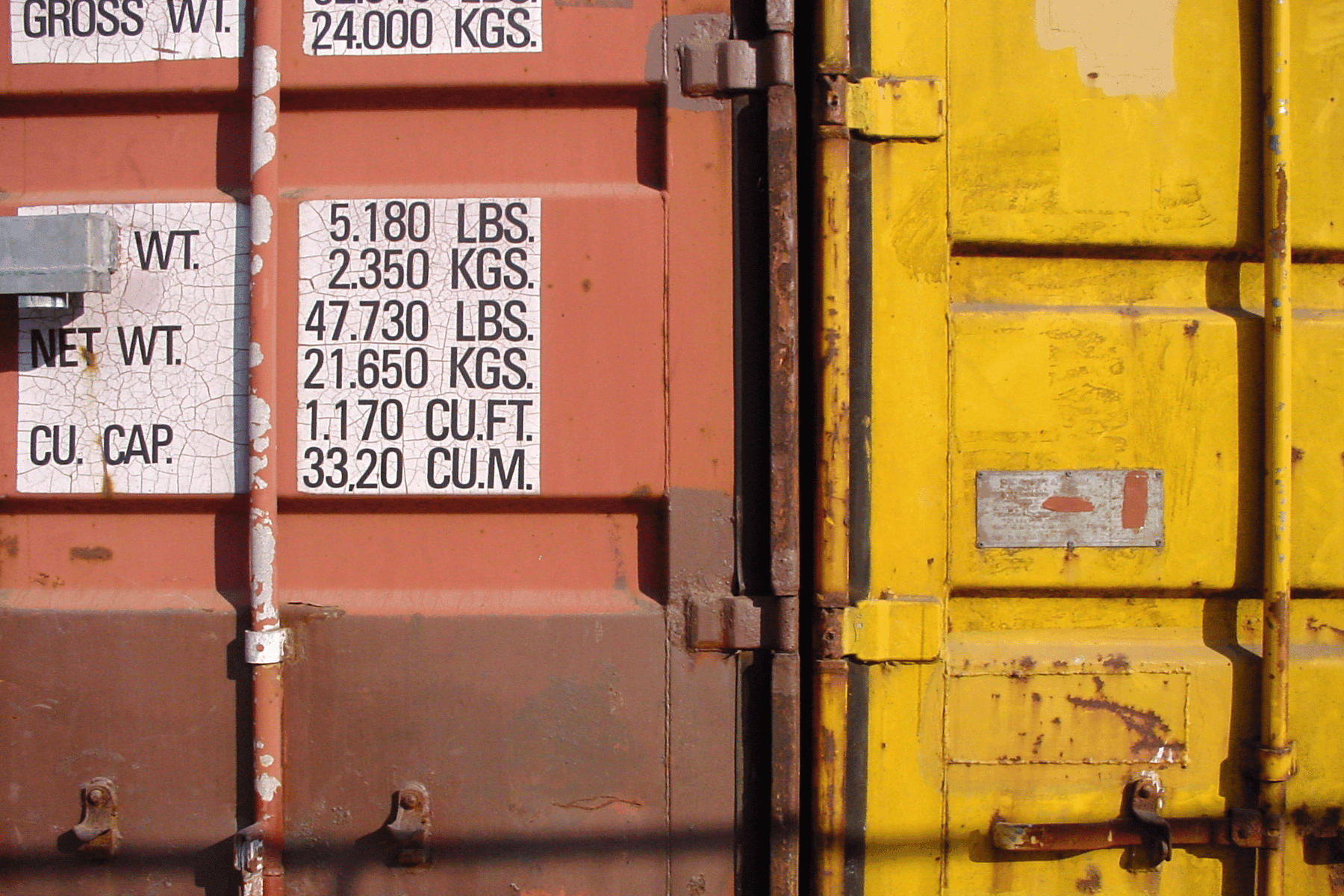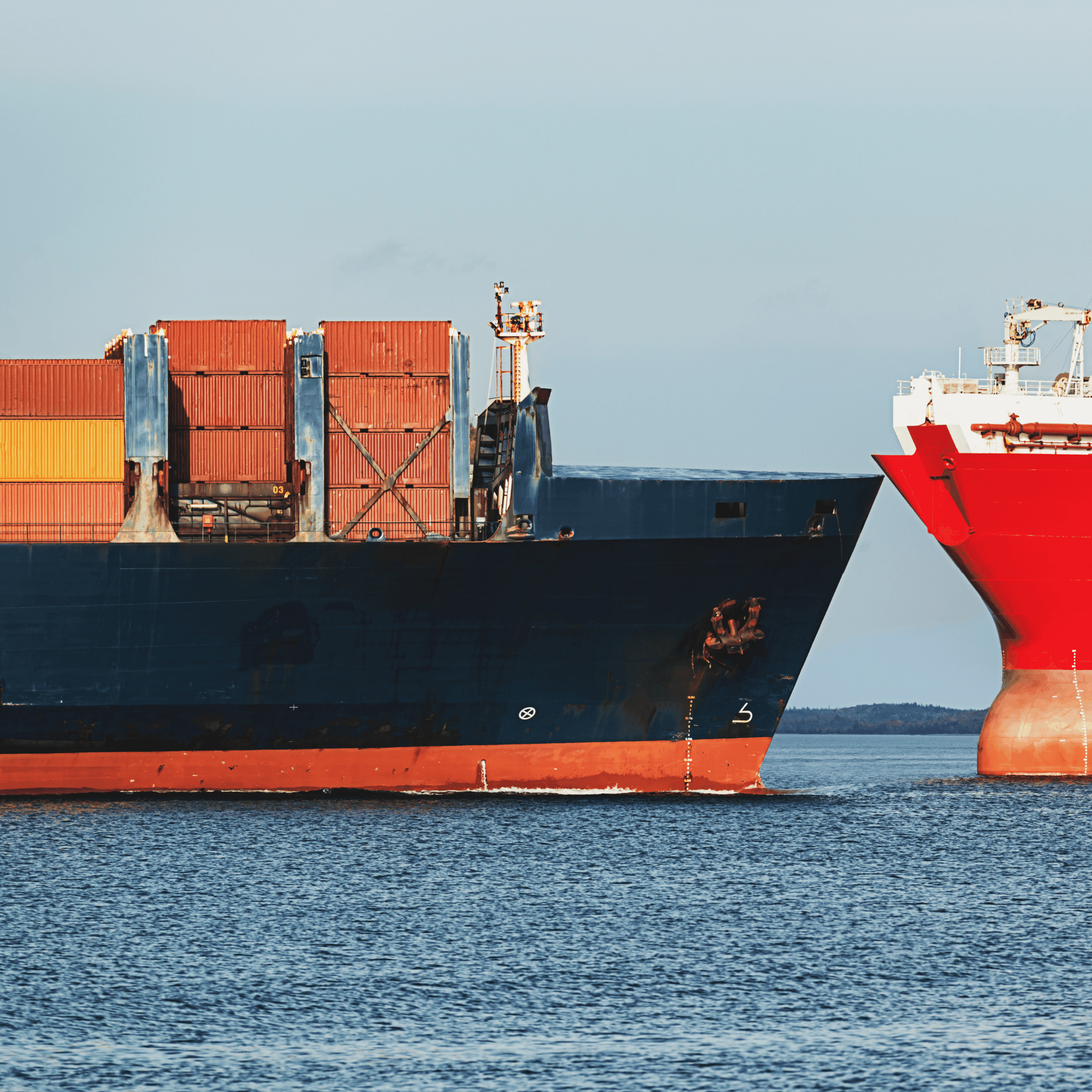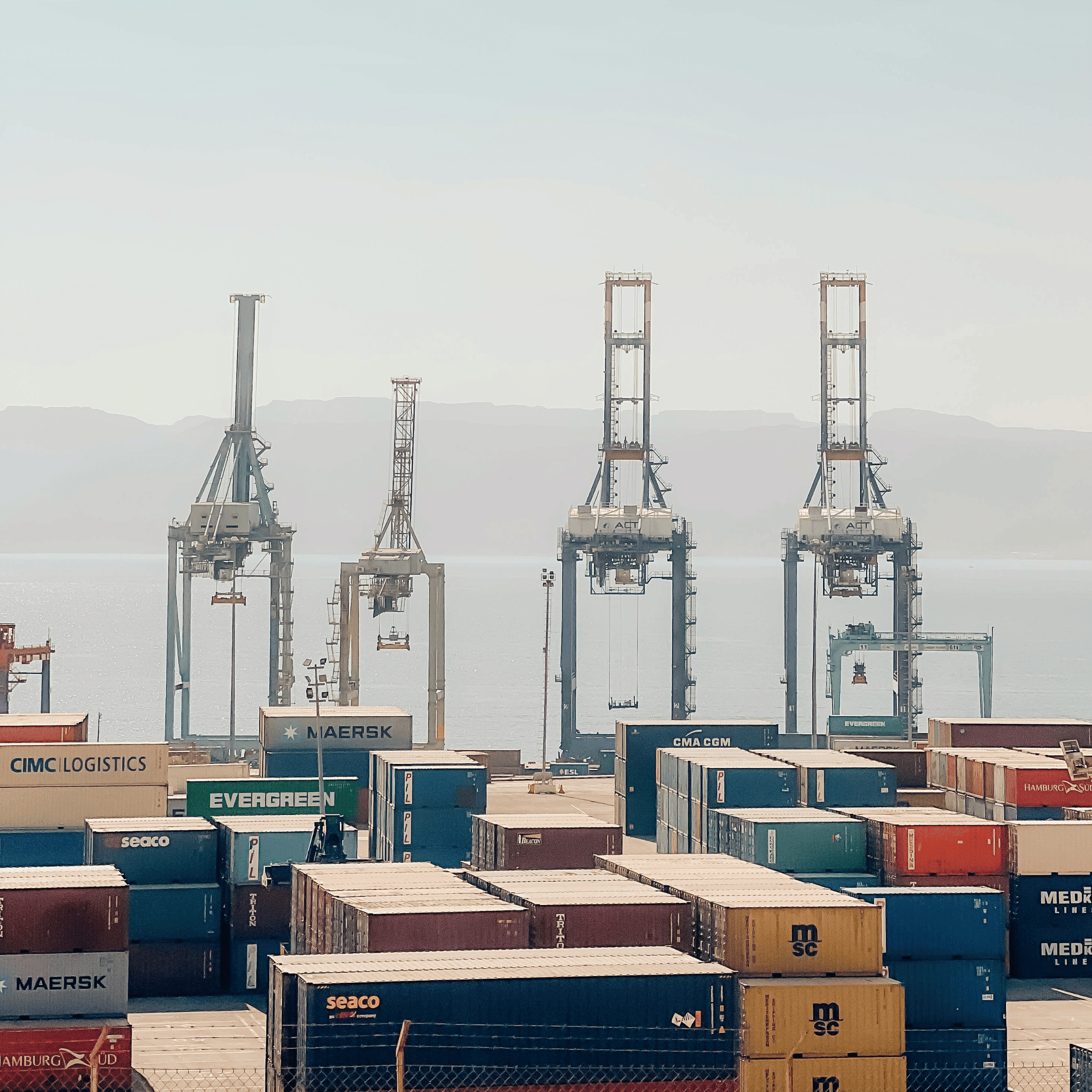The logistics sector stands as the backbone of the global economy, playing a pivotal role in bridging supply chains, connecting markets, and ensuring the seamless flow of goods and services across different geographical boundaries. A critical facet of this complex network is multi-modal transportation, which integrates different modes of transport to move freight from origin to destination efficiently and cost-effectively. This article delves deep into the nuances of multi-modal transportation, offering insights into how it can be a linchpin for cost-effective logistics operations.
Introduction to Multi-Modal Transportation
Multi-modal transportation refers to the use of two or more modes of transport in a single supply chain pathway to facilitate the movement of goods from the sender to the receiver. This transportation method might incorporate combinations of road, rail, maritime, and air transport, integrated through a strategic approach to optimize efficiency and reduce costs. Now, let us break down the components of this system and the factors that contribute to its efficiency:
Components of Multi-Modal Transportation
Rail Transport: Often used for heavy goods and raw materials, offering considerable cargo capacity and energy efficiency.
Road Transport: A flexible and direct mode for door-to-door service, suitable for both short and long distances.
Maritime Transport: Ideal for international logistics, offering high capacity for transporting goods across continents.
Air Transport: Fastest mode for long-distance transport, especially for high-value and perishable goods.
Intermodal Facilities: These are hubs where goods are transferred between different modes of transport, ensuring a smooth transition and minimizing delays.
Key Benefits of Multi-Modal Transportation
Cost-Effectiveness
Utilizing different modes of transport allows businesses to tailor their logistics strategy based on cost-effectiveness. For instance, combining maritime transport (for long distances) with road transport (for last-mile delivery) can often be more cost-effective compared to using air freight for the entire journey.
Environmental Sustainability
Multi-modal transportation encourages the use of environmentally friendly transport modes, such as rail or maritime, which have lower carbon emissions compared to road and air transport.
Risk Mitigation
By employing different modes of transport, businesses can mitigate risks related to delays, accidents, or other disruptions in one mode, ensuring that goods are delivered on time.
Leveraging Technology in Multi-Modal Logistics
Integration of technology is an essential factor in enhancing the efficiency and cost-effectiveness of multi-modal transportation systems. Key technological advancements include:
Transport Management Systems (TMS): Software that helps in planning, executing, and optimizing the shipments, thus reducing costs and improving visibility across the supply chain.
Blockchain Technology: Offers secure and transparent tracking of transactions at every stage of the supply chain.
Artificial Intelligence and Machine Learning: Employed to analyze data for predictive analytics, which helps in optimizing routes and predicting potential disruptions.
Internet of Things (IoT): Provides real-time tracking and monitoring of goods during transit, improving visibility and control.
Regulatory and Infrastructure Considerations
To promote and facilitate multi-modal transportation, governments and industry stakeholders need to focus on developing supportive policies and infrastructure. Key considerations include:
Developing Intermodal Facilities: Investment in infrastructure such as ports, railways, and highways is crucial to support the seamless integration of different modes of transport.
Harmonization of Regulations: Creating harmonized regulations and standards to ensure smooth cross-border transportation and reduce bottlenecks.
Customs and Trade Facilitation: Implementing policies to streamline customs procedures and facilitate easier trade across borders.
Conclusion
Multi-modal transportation stands as a beacon of efficiency and cost-effectiveness in the complex world of logistics. By integrating different modes of transport and leveraging technology, it offers numerous benefits, including environmental sustainability and risk mitigation. However, to unlock its full potential, a collaborative approach involving governments, industry stakeholders, and technology providers is essential. By focusing on developing the necessary infrastructure and regulatory frameworks, multi-modal transportation can indeed serve as the cornerstone of a robust and cost-effective logistics network, fostering global economic growth and sustainability.






